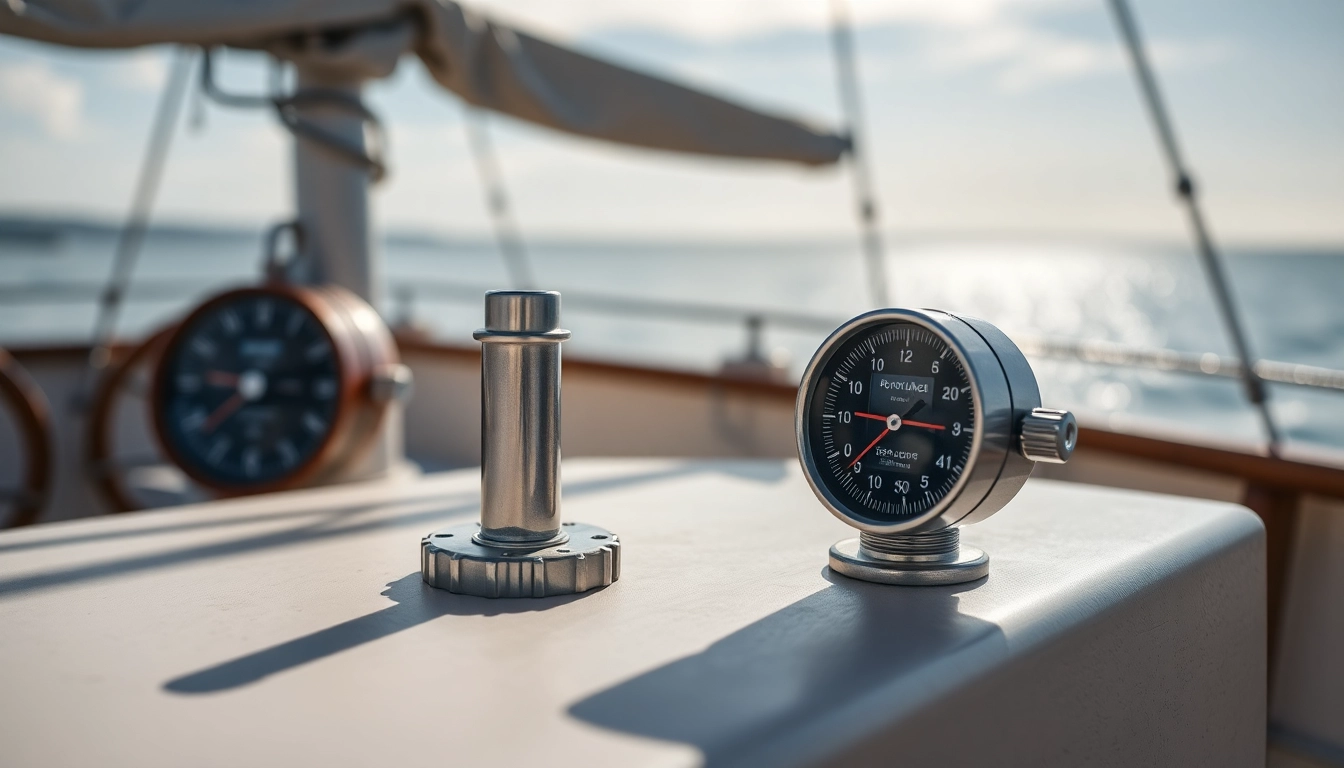Understanding the Fundamentals of Boat Sailing and Its Significance
Navigating the open waters requires more than just technological tools; it demands a solid understanding of core sailing principles, especially when it comes to Boots Versegelung. At its essence, the term “versegelung” refers to the meticulous process of setting and adjusting the sails to optimize the boat’s performance and direction. Accurate versegelung is pivotal for ensuring smooth navigation, safety, and energy efficiency on the water. Whether you are an amateur sailor or an experienced skipper, grasping the foundational aspects of sailing techniques profoundly influences your ability to handle diverse maritime scenarios effectively.
What Is Boat Sailing and Why Is Accurate Versegelung Critical?
In the context of maritime navigation, “versegelung” encompasses the art and science of adjusting sails relative to wind conditions and course requirements. It involves understanding how different sail configurations impact speed and maneuverability. Precise versegelung is not merely about aesthetics or tradition; it has tangible safety and efficiency implications. Properly set sails reduce strain on rigging and prevent accidents caused by unexpected shifs or misalignments. Additionally, optimized sail settings can conserve energy and fuel, particularly important when navigating long distances or in challenging weather conditions.
When compared to other navigation methods, such as electronic GPS or terrestrial landmarks, manual sail adjustments and their correct execution offer a direct, responsive control that is invaluable during signal loss or system failure. Moreover, mastering versegelung enhances a skipper’s situational awareness and adaptability, critical skills grounded in experience and deep knowledge of sailing dynamics.
Essential Tools and Materials for Effective Boat Sailing
Stand Lines and Peil Instruments
Accurate boat sailing begins with precise measurement instruments. Stand lines, or “Standlinien,” are imaginary or physical lines drawn on nautical charts to help determine a vessel’s position based on bearing measurements. Peil instruments, such as compasses, sextants, or modern digital tools, facilitate angle and bearing measurements to known landmarks or celestial bodies. High-quality, reliable tools like these are vital for determining the correct sail trim and adjusting course accurately.
Drawing Aids and Nautical Charts
Visual aids like marked charts and scaled sketches support meticulous navigation planning. Creating detailed Bodenskizzen (body sketches) enables sailors to visualize how the boat interacts with environmental cues, aiding in the positioning and planning of sail adjustments. Modern graphing tablets or nautical software enhance accuracy and ease calculations, accommodating real-time changes in environmental conditions.
Technological Aids & Modern Devices
Contemporary sailing technology incorporates GPS systems, digital compasses, and automatic data loggers, all designed to improve precision. Devices like the Power Sealer or digital wind analyzers help interpret environmental data, providing a comprehensive overview for making informed decisions about sails and course adjustments. The integration of modern devices ensures greater accuracy, reduces human error, and accelerates response times, especially critical in adverse conditions.
Key Steps to Achieve Accurate Boat Sailing and Versegelung
Preparation and Planning
Effective navigation begins before setting sail. It requires thorough preparation—studying weather forecasts, charting potential routes, and selecting appropriate sails for expected conditions. Planning involves assessing wind directions, currents, and visibility, ensuring that all tools are calibrated, operational, and accessible. Having an understanding of environmental influences allows sailors to anticipate adjustments needed during the voyage.
Measuring and Plotting Bearings for Positioning
The core of precise versegelung relies on accurate measurement of bearings to identifiable landmarks or celestial objects. Using protractors, compasses, or digital tools, sailors determine the angle between the boat and fixed points. These measurements are then plotted on nautical charts to establish the boat’s current position and formulate a strategy for sail adjustments. Repeated measurements and cross-checks improve reliability and minimize errors caused by environmental factors.
Marking and Verification Procedures
After initial plotting, continuous verification ensures the boat remains on course. This involves regular checks of bearings, comparing different navigation methods, and adjusting sails accordingly. Implementing systematic control checks prevents drift and maintains optimal performance, especially during dynamic weather changes. Recording measurements supports accountability and refines later navigation accuracy.
Common Errors and Strategies for Prevention
Inaccurate Measurements and Environmental Challenges
One of the most frequent pitfalls in versegelung is imprecise measurement, often caused by environmental factors like wind shifts, waves, or human limitations. Using inaccurate tools or technique can lead to misinterpretation of positions. To mitigate this, employ high-quality instruments, perform multiple measurements, and compensate for environmental influences by considering prevailing conditions during calculations.
Incorrect Use of Tools and Equipment
Human error in handling compasses or plotting on charts can cause inaccuracies. Proper training, adherence to standardized procedures, and double-checking calculations are essential. Regular maintenance and calibration of tools ensure they function correctly and provide reliable data.
Interpretation Errors in Charting
Even with precise measurements, misreading charts or misunderstanding symbols can impair navigation. Continuous education—through courses or expert mentorship—sharpens chart-reading skills and understanding of navigational conventions. Using updated charts prevents discrepancies caused by outdated data.
Practical Tips for Successful Boat Sailing in Everyday Use
Regular Reassessment of Bearings
Staying vigilant is key to reliable navigation. Regularly re-measuring bearings, especially during changes in weather or at predetermined intervals, ensures the boat remains on the correct course. Consistency in these checks helps identify drift early and adjust sails promptly.
Combining Traditional and Modern Navigation Techniques
While electronic systems provide convenience, supplementing them with terrestrial navigation methods enhances overall safety. Using landmarks, compiling visual cues, and cross-referencing with GPS data create a robust navigational strategy resilient to technological failures or signal disruptions.
Ongoing Education and Practical Exercises
Continuous learning, through onboard workshops, simulations, or seminars, hones navigation skills. Practical exercises, such as plotting courses during calm days, deepen understanding and prepare skippers to handle real-world challenges confidently. Building experience also improves decision-making under pressure, leading to safer voyages.



